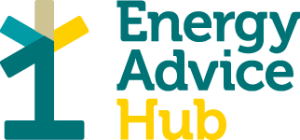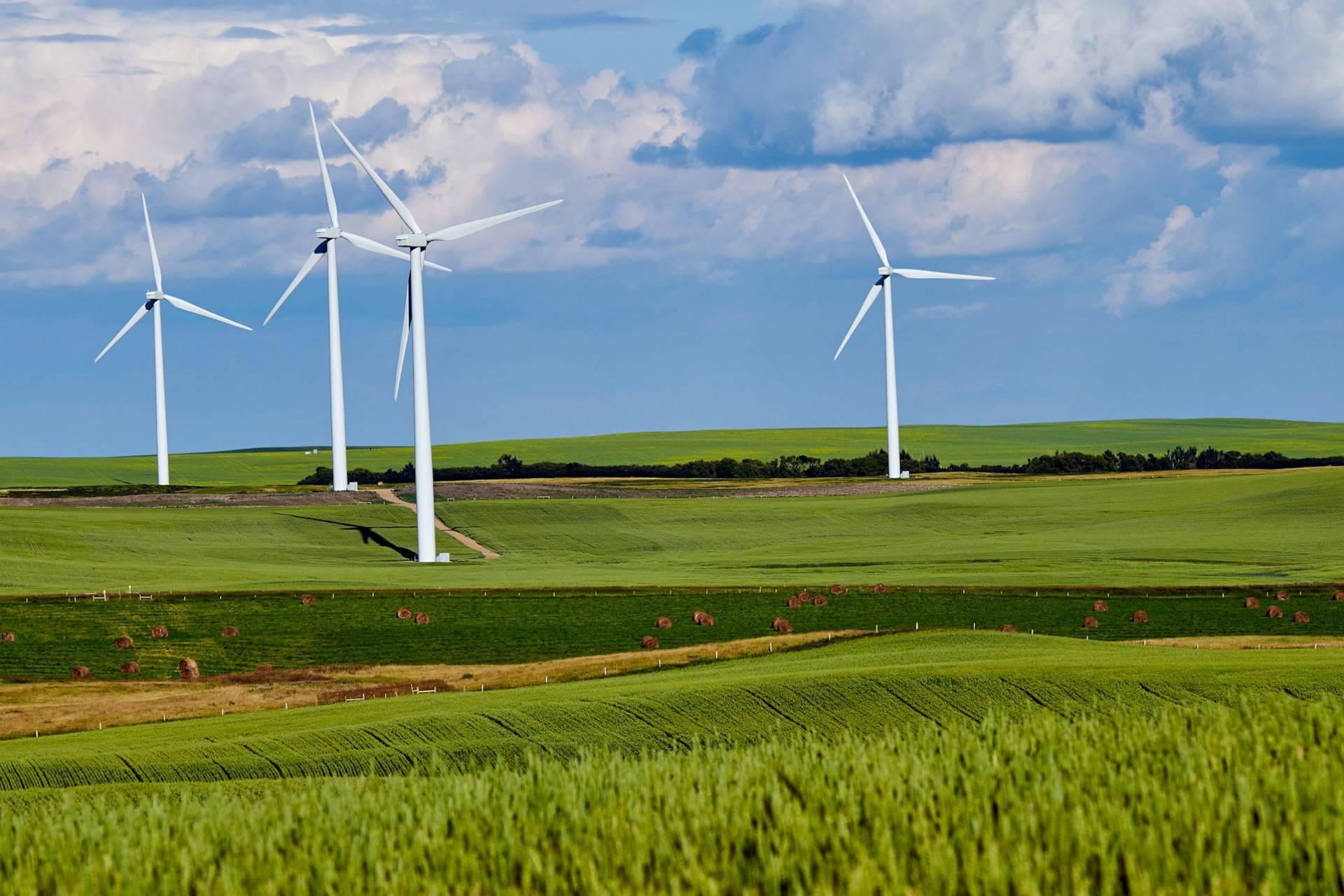The EII Renewables Levy Exemption scheme is an umbrella term for a number of mechanisms to help energy-intensive businesses with the costs of their energy. In this quick guide we explain who gets this help and how it all works.
What is the EII Renewables Levy Exemption scheme?
The scheme means that certain businesses with high energy consumption can get relief from additional costs on their bills.
All energy bills include extra charges beyond the price of the energy itself, as we explain below. Some of these charges are for supporting new renewables, others are for keeping the grid going. The EII Renewables Levy Exemption Scheme allows businesses meeting certain criteria to avoid those costs.
What’s the point of the EII Renewables Levy Exemption Scheme?
The UK government has three main schemes to support the delivery of renewable generation sources. These are:
- Contracts for Difference (CFD)
- Renewables Obligation (RO)
- Small-Scale Feed-In Tariffs (FIT)
We explain more about these schemes in our Renewables Levy Compensation page.
The government also has various mechanisms for maintaining a reliable electricity supply, which need to be paid for through:
- Network charges
- Capacity Market (CM) charges
All these schemes are important to maintain a secure energy supply and decarbonise the grid. The government pays for them by charging levies on electricity suppliers, who then pass the costs on to customers.
The problem for businesses with high energy consumption is that these additional charges push up their running costs significantly. This could potentially lead to counterproductive outcomes like UK businesses going bust or moving overseas to avoid the charges. The EII Renewables Levy Exemption Scheme is designed to reduce this risk. It gives energy-intensive businesses the opportunity to claim exemption from the costs of contributing to the schemes listed above.
Like all government support for energy-intensive industries, it’s about keeping UK industry competitive.
Who benefits from the Renewables Levy Exemption scheme?
Energy-intensive businesses in England, Wales and Scotland can claim exemption from contributing to all the schemes we’ve mentioned: Contracts for Difference, Renewables Obligation and Feed-In Tariffs, plus network charges and the Capacity Market contribution. (We explain a bit more about the Network Charging Compensation Scheme in our guide to support for energy-intensive industries).
Your business has to meet certain criteria to qualify as an energy-intensive business that’s eligible for these exemptions. We explain the two tests below, but basically:
- Your work has to be on the official list of important and energy-intensive activities;
- Energy needs to make up a certain percentage of your overall costs.
Businesses based solely in Northern Ireland can apply for exemption to the Renewables Obligation (RO) scheme only.
How much do you get from the Renewables Levy Exemption scheme?
You don’t get any extra funding from the Renewables Levy Exemption Scheme – it works by letting you avoid specific charges on your energy bills. Most businesses do pay these charges and they make up a significant proportion of energy costs, so getting an exemption from these charges means lower bills than your business would otherwise have.
How does the EII Renewables Levy Exemption scheme work?
First your business needs to prove eligibility and secure an EII certificate. This single certificate entitles you to exemption from all the schemes we’ve mentioned.
You need to give your EII certificate to your energy supplier as proof of this. Your supplier then needs time to administer the changes to your billing. They might need to adjust your metering. Once you’re set up on the scheme, your bills will no longer include the costs of the schemes you’re exempt from paying for.
Your EII certificate usually expires after a year and you’ll need to re-apply after that. You’ll also need to re-apply if you change supplier in the meantime.
Does my business qualify for the Renewables Levy Exemption scheme?
Your business has to meet two tests to qualify.
- The “sector level test”: the business must manufacture a product in the UK within an eligible sector. The UK government uses the Europe-wide NACE system to classify businesses into types of activity and gives them all a four-digit code. For example, a sawmill would be 16.10. The full list of sectors that qualify for the Renewables Levy Exemption scheme is listed in Annex 1 of the official guidance.
- The “business level test”: you must show that your electricity intensity is at least 20%. That means that electricity costs add up to 20% or more of the company’s Gross Value Added.
What you need to submit
You need to show how much of the company’s electricity consumption goes on the specific eligible activity. The government currently requests three months’ worth of data for this. So for example, if you run a factory you’ll ideally have sub-metering that can separate the electricity used by your offices and warehouses from the electricity that goes on actually manufacturing the product.
You’ll also need to provide at least one quarter of financial data, because businesses that have less than this aren’t eligible for the exemption.
How do I apply for the Renewables Levy Exemption scheme?
As we write in September 2025, there are two application forms to download from the government website. (We suggest you read the full official guidance first.)
- The first application form is a fairly short text document that can be opened in Word, asking for information about your business such as the Companies House registration number.
- The second form is a spreadsheet where you need to fill in detailed information about the electricity consumption of the business.
If your application is successful, you will be issued with a certificate confirming your exemption. Then you should pass this certificate on to your electricity supplier so that they can pass on the exemptions in future bills.
There’s different guidance and a different form for Northern Ireland.
What if my business carries out a mix of activities?
You will be eligible for the EII exemption scheme, but only in relation to activities that count as eligible under the government rules. Ideally, you will provide the data to prove this from different sub-meters.
If you don’t have sub-metering in place, you could calculate the proportion of your activity that relates to the eligible product and then base the proportion of electricity usage on that. For example, if your output is 60% non-woven fabric (not apparel) and 40% apparel, you could estimate that 60% of your electricity use is eligible for the exemption.
We would always suggest getting sub-metering set up to help you track exactly what your electricity consumption is going on. The kind of granular data you get is incredibly useful for future-proofing regulatory compliance and having a robust climate strategy.
What if the business dramatically reduces its electricity consumption because of exceptional circumstances?
The rules recognise that unusual circumstances, such as a flood or fire, may drastically reduce the electricity consumption of a business so that it no longer passes the Business Level Test. The government classes some disasters as “force majeure” if they were truly not foreseeable or avoidable. If the issue affecting your business comes into this category, you may still be able to get an EII certificate even with much lower consumption than usual. You will need to supply evidence of whatever affected your business.













